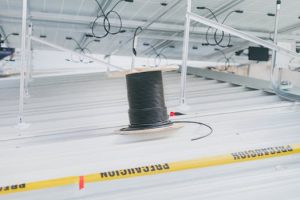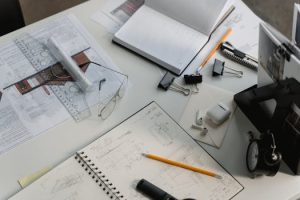The Role of Failure in Education: Teaching Students to Embrace Mistakes
As students, we are often taught to fear failure. From a young age, we are programmed to believe that mistakes are something to be ashamed of, something to avoid at all costs. However, what if I told you that embracing failure is actually crucial for academic success? That’s right. Failure is not something to be feared, but rather, it should be seen as a valuable learning experience. In this article, we will explore the role of failure in education and how teachers can help their students embrace their mistakes and use them to their advantage.
The Fear of Failure in Education
The fear of failure is deeply ingrained in students, and it begins as early as preschool. Children are taught that a wrong answer is a bad thing and that getting a low grade is something to be ashamed of. This mindset can have a detrimental effect on students’ academic performance and mental health. The pressure to succeed and the fear of making mistakes can lead to anxiety, stress, and a lack of self-confidence.
As we grow older, the fear of failure only intensifies. The educational system puts a strong emphasis on grades and standardized testing, creating a culture where students are constantly competing with each other. This pressure to be perfect can lead to a fear of taking risks and trying new things, as failure is seen as a sign of weakness.
The Power of Embracing Failure
Contrary to popular belief, failure is not a sign of weakness, but rather, it is a sign of growth. In fact, failure is an essential part of the learning process. Without failure, we would not have some of the greatest inventions and discoveries that have shaped our world. Thomas Edison famously said, “I have not failed. I’ve just found 10,000 ways that won’t work.” This mindset is one that educators should instill in their students.
When students are afraid of failure, they often avoid taking risks and challenging themselves. This limits their potential for growth and hinders their ability to learn. On the other hand, when students embrace their mistakes and see them as opportunities to learn, they become more resilient, creative, and motivated to succeed.
Teaching Students to Embrace Mistakes
So how can teachers encourage their students to embrace failure? The first step is to create a safe and supportive learning environment. Students should feel comfortable making mistakes and not be afraid of being judged by their peers or teachers. This can be achieved by celebrating students’ efforts rather than just their achievements.
Another way to promote a growth mindset is to incorporate failure into the curriculum. Allow students to experiment and make mistakes in their projects and assignments. Teach them that failure is not the end, but rather a stepping stone towards success. Encourage students to reflect on their mistakes and learn from them.
Additionally, teachers should model a positive attitude towards failure. Share your own experiences of failure and how you overcame them. This will show students that even the most successful people have failed but used those failures to their advantage.
The Impact of Embracing Failure
Embracing failure has many positive effects on students, both academically and personally. Students who are not afraid to fail are more likely to take risks and think outside of the box. They are also more resilient and can bounce back from setbacks. Moreover, by embracing mistakes, students are more open to feedback and can use it to improve their work.
On a personal level, students who embrace failure have a more positive attitude towards learning. They are not afraid to ask questions and seek help when needed. They also have higher self-esteem and are not defined by their mistakes.
Conclusion
In conclusion, failure is an important and necessary part of the learning process. As educators, we have a responsibility to teach students that failure is not something to be feared, but rather, it is an opportunity to learn and grow. By creating a safe and supportive learning environment and instilling a growth mindset in our students, we can help them embrace their mistakes and use them to achieve academic success and personal growth. So let’s change the narrative and start teaching our students the power of embracing failure.








